The Edwardians: Age of Elegance at The King’s Gallery
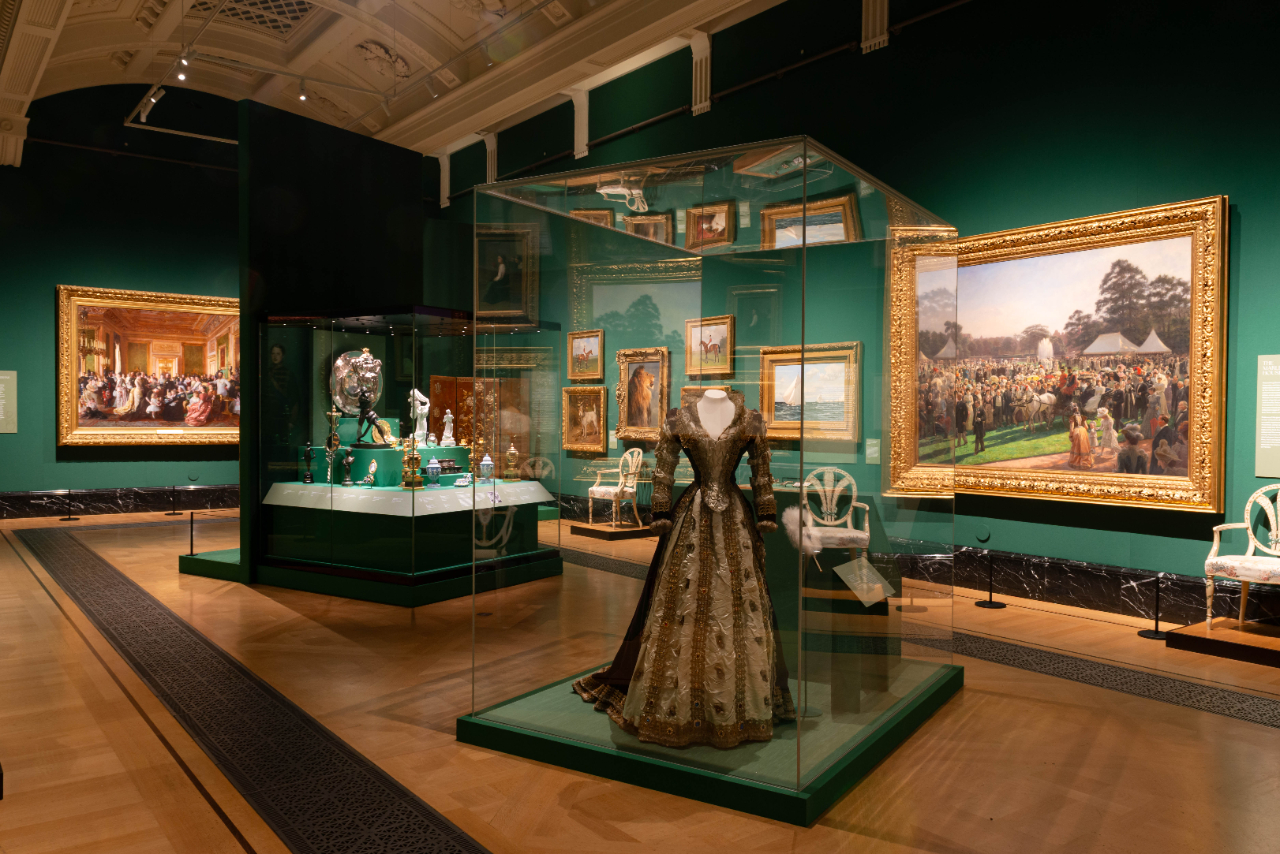
If you’re drawn to things that glitter and find yourself in London, now’s the moment to hit the museums. While the V&A has unveiled its blockbuster Cartier exhibition, just down the road, The King’s Gallery at Buckingham Palace offers its own display of opulence: The Edwardians – The Age of Elegance. Think tiaras catching the light, the swish of silk trains and the clink of crystal decanters. It’s a lavish dive into the twilight years of the British Empire, seen through the lives of the monarchy’s most fashionable couples: King Edward VII and Queen Alexandra, followed by their successors, King George V and Queen Mary. Prepare to leave feeling thoroughly indulged, if not slightly overwhelmed, by the sheer abundance of treasures on display.
It all begins with the marriage of Prince Albert Edward and Princess Alexandra of Denmark, a royal match that marked the arrival of “a more approachable” monarchy, one that revealed itself through its refined, personal taste. Whether the public genuinely felt that way is another matter. What’s certain is that this was the dawn of unapologetic elegance: an era where royalty flirted with accessibility while draped in diamonds. The curators call it the Age of Elegance. You could also call it aesthetic maximalism with titles.
The Edwardians, as the exhibition reveals, combined imperial gravitas with a knack for collecting the world’s most glittering bric-a-brac. More than 300 objects are on display, almost half shown publicly for the first time: paintings, photographs, books, haute couture, jewellery, ceramics, and the sorts of accessories one associates with very well-appointed lives, such as ornate hand mirrors, mother-of-pearl snuffboxes, crystal pencil cases, fans, Fabergé cigarette cases and more. At times, it starts to feel like a meticulously curated inventory of the one percent – but then, that’s precisely what it is. Still, it’s hard not to be seduced by the sheer, unapologetic decadence of it all.
There are some truly spectacular paintings on display. Frank Xaver Winterhalter’s portrait of Queen Alexandra, hailed by none other than Vogue as a fashion icon of her time, presents her tall, elegant and impossibly poised, swaddled in layers of white and blue taffeta like a Rococo dessert. In François Flameng’s 1908 portrait, she appears again, this time draped in a Cartier diamond necklace so elaborate it looks undeniably uncomfortable. The exhibition also features a handful of treasures by leading artists of the day: a previously unseen study of Sleeping Beauty by Pre-Raphaelite Edward Burne-Jones, and portraits by Frederic Leighton and Lawrence Alma-Tadema. Charles Baugniet’s After the Ball is a study in social exhaustion: a woman in satin slumped on a chaise, her tiny slippers still on, post-party.
The royal families, we learn, travelled extensively during a time of global political upheaval. This was an era when diplomatic relationships were key to maintaining stability across the British Empire and beyond. But alongside their official duties, they also managed to collect furiously. Among the global spoils: a breathtaking embroidered silk tapestry, gifted to George and Mary by the “ladies of Adelaide” during their visit to Australia, and a monumental porcelain vase offered by the last Emperor of China, adorned with a dragon.
But all feasts end. The final gallery opens in a more sombre tone. With the advent of the First World War, the froth and frippery gave way to a newly sober monarchy. A wall of wartime photographs and paintings, including works by Olive Edis, Britain’s first official female war photographer, marks this turning point. The final piece is especially poignant: a painted study for a larger work commissioned by George V to hang in Buckingham Palace. It depicts the King as the chief mourner in the procession past Lutyens’s newly erected Whitehall Cenotaph on 11th November 1920. And so, the exhibition closes. The age of empire and extravagance had ended. A new century, bloodied and unsure of itself, had begun.
Buckingham Palace might not seem like the kind of place you can casually visit on a weekend, but The King’s Gallery proves otherwise. Surprisingly accessible, it’s open to the public, though few seem to know it. Even fewer are aware that £1 tickets are available for many concession groups, covering up to six people per household. Better still, tickets purchased directly from the gallery can be converted into a year-long pass. A generous gesture from the Palace. The Edwardians, one suspects, would approve.
Constance Ayrton
Image: Queen Alexandra’s Coronation Dress, courtesy of The King’s Gallery
The Edwardians: Age of Elegance is at The King’s Gallery from 11th April until 23rd November 2025. For further information or to book, visit the exhibition’s website here.

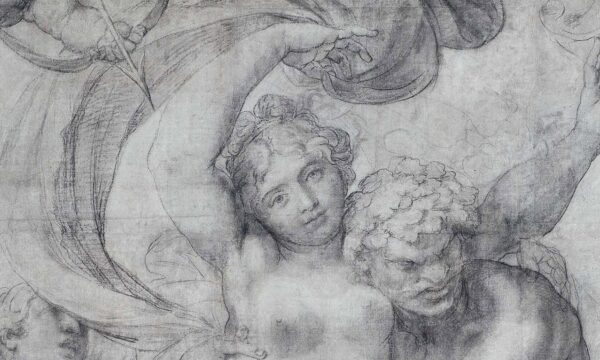
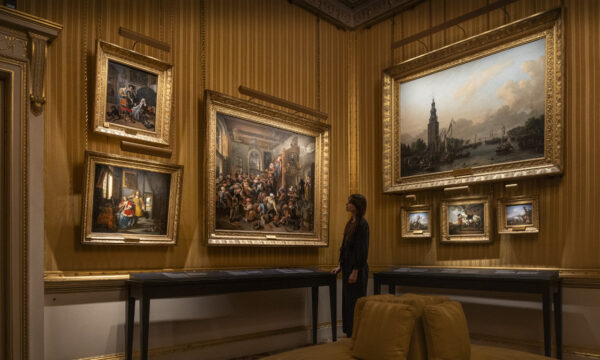
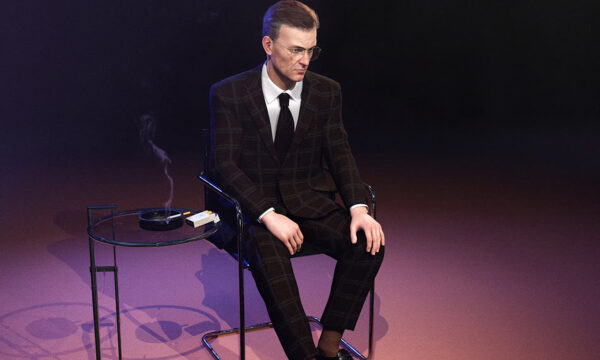
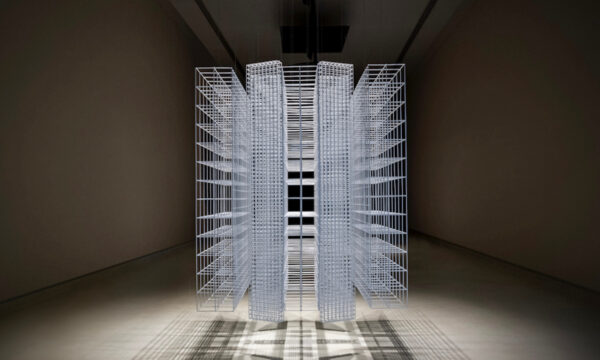
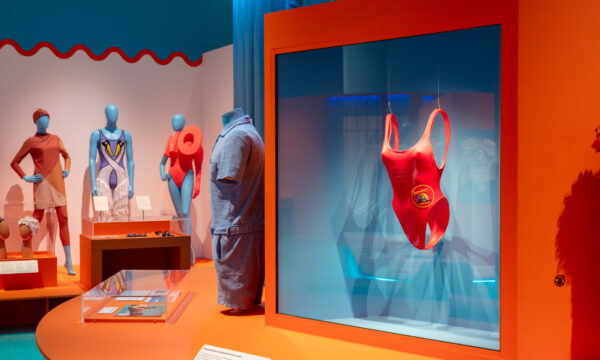
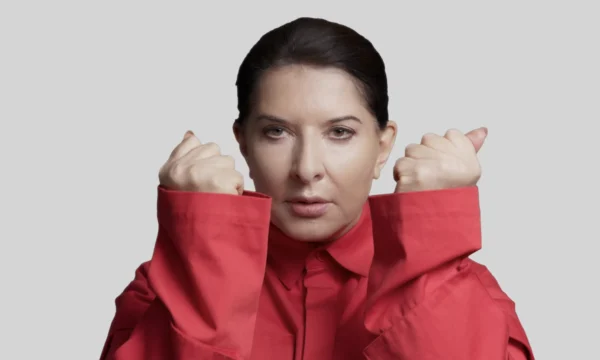
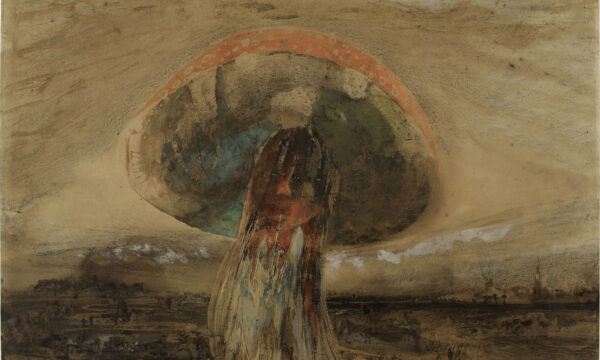
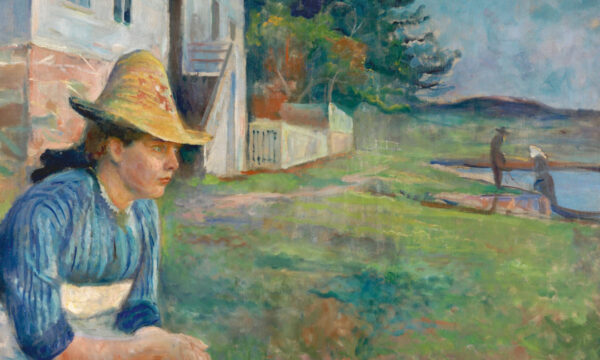






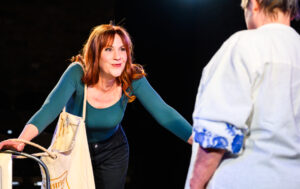









Facebook
Twitter
Instagram
YouTube
RSS